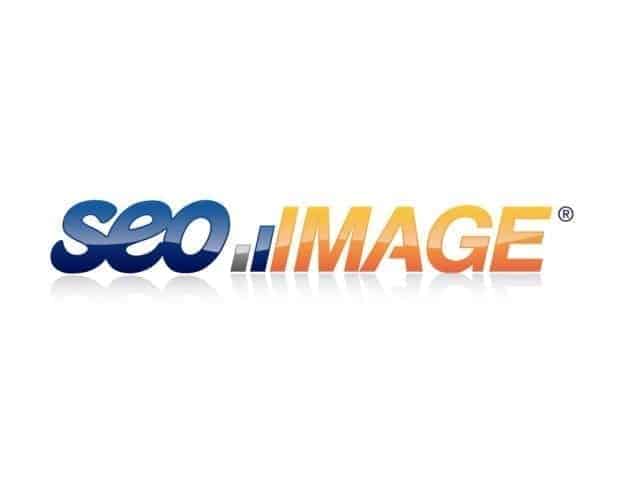
The Top 3 Tools for Keyword Research on the Fly
This is a quick Tidbit for SEO Keyword Research: Utilizing Keyword Search Tools on the Fly.
One thing we often do with clients is track terms in conversations about potential new directions and goals. In doing this we often use our knowledge of the system and the goals of the client to determine the best choice of terms. Sometimes we have to change prior selected terms as the data the trackers provides can change if the industry is a seasonal business, or if the needs of the client change, or if terms that we researched on one tracker do not produce the traffic expectations of the client.
Continue reading


 One very good topic of discussion when considering the most effective campaign for a client to maximize the clients’ Return on Investment (ROI) is to determine whether to consider targeting
One very good topic of discussion when considering the most effective campaign for a client to maximize the clients’ Return on Investment (ROI) is to determine whether to consider targeting